Why did you choose to research sustainable farming methods and in particular, cover crops?
Science has done a great job over the last 100 years of helping to increase food production. But there have been a lot of unintended consequences from the ways that this was done, with various negative environmental and social consequences.
One of the ways that I (Michael) see agriculture moving in the future is finding means by which to keep these food production gains while limiting or eliminating the trade-offs. And, as researchers, finding ways to help generate win-win scenarios for food security, people, and the environment.
Many sustainable farming practices have been proposed and advocated for, with research ongoing for decades or longer. But most commercial farmers are not using these practices. We noticed that bringing sustainable practices to scale has not been thought through with regard to all its steps and aspects. And because of these gaps in information and planning, the practices just remain as good ideas.
One aspect of sustainable agriculture that scientists have focused on is field-scale benefits of ‘continuous living cover’. This can happen through cover crops, which are grown in the off season, or by moving toward perennial agricultural systems, which never leave the soil bare.
There has been a lot of interest in the agricultural community in making these systems more agronomically practical. How might we make cover crops, for instance, work in a corn and soybean rotation? How might we make sure that adopting these practices will not put farmers at an economic disadvantage?
And that was what helped us stumble onto the question of what would be needed to produce enough cover crop seed to enable it as a common practice, and what might be the implications of producing that seed. We became very interested in the question after we did some back of the envelope calculations and realized that the implications could be enormous.
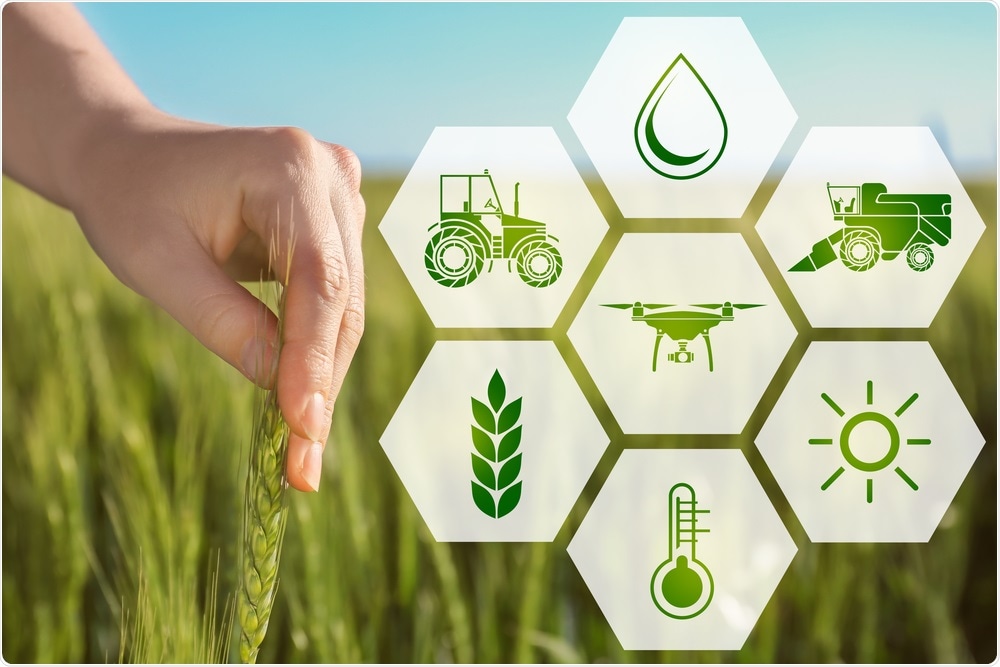
Image Credit: Africa Studio/Shutterstock.com
What is sustainable farming and why is it important?
Sustainable farming is a collection of many different practices, which vary by location. Sustainable agriculture includes a toolkit of practices that farmers can use and which have known benefits for the soil, water conservation, pollinators, habitat preservation, and more.
Sometimes it also includes societal benefit aspects. The central idea is to produce food and other agricultural products in ways that do not deplete natural or human resources.
Sustainable agriculture includes techniques such as conservation tillage and no-tillage practices, where the soil is disturbed less often and less profoundly than in conventional systems. It can also include improved irrigation and drainage practices, continuous living cover, cover crops, intercropping, more efficient and precise fertilizer applications, and many more tools, all tailored to the landscape and cropping system. As mentioned, it can also have social aspects, including attention to farmworker wages and working conditions.
What are cover crops?
Cover crops are plants that are typically cultivated after the cash crop, in the fallow season. Their purpose is to reduce or mitigate soil erosion, weeds, and pests, while improving soil fertility, water quality, and habitat for beneficial species, including pollinators. They are mainly used to produce ecosystem services without competing with the cash crop.
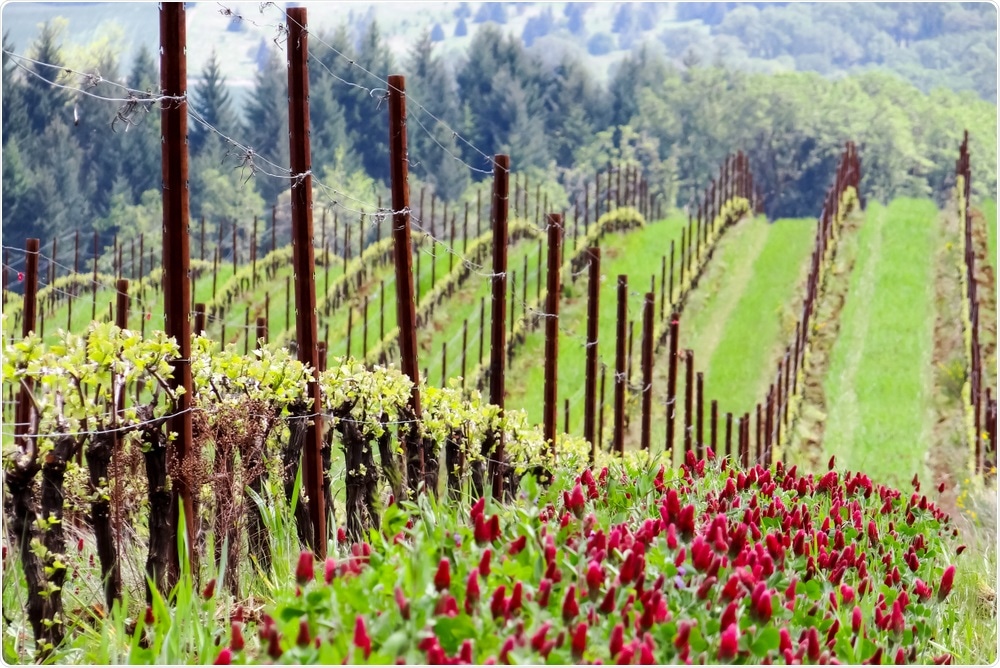
Image Credit: Jennifer Larsen Morrow/Shutterstock.com
Can you describe the benefits of using cover crops between the harvest and planting seasons of the main crop?
Cover crops can improve soil retention, weed control, soil physical properties, carbon sequestration, biocontrol services, water quality, and nutrient cycling, among other benefits.
How can cover crops help to mitigate climate change?
Many cover crops are nitrogen-fixing plants, essentially meaning they can produce their own nitrogen fertilizer. Synthetic fertilizer production uses a tremendous amount of fossil fuel; it is one of the most energy-intensive processes known to humanity. Therefore, the less artificial fertilizer use, the more conceptually a farmer might be able to mitigate climate change through decreased burning of fossil fuels.
Cover crops can also absorb excess fertilizer in fields, rather than leaching or volatizing, which produces nitrous oxide, a gas that contributes to global warming. The fertilizer can then be made available to the main crop.
Further, there are ways by which covering the soil and not letting gases come out of the soil and return to the air, some of the emissions that contribute to global warming can be reduced.
Why may cover cropping soon hit a ceiling?
We have seen and experienced for some decades a movement advocating for cover crop use, providing evidence that they are effective. What we have noticed is that in the seed sector, the available seed is not likely adequate to meet the future demand, if advocating for their use is successful enough to bring them more into mainstream agriculture.
The ceiling could conceivably be hit, because whilst universities, nonprofits, and companies may be saying that farmers should use them, there may not end up being enough seed available for the farmers to plant them.
Our key analysis started with us simply asking how much seed would be needed to grow cover crops on a big scale. As a way to focus this, we studied the United States and one of its most important crops - corn (maize).
We asked: how much cover crop seed would be needed to plant cover crops on the entire Corn Belt, i.e. the main maize-growing area of the United States? We found that the answer is - a lot! Certainly a lot more than what is currently produced.
So, the ceiling that could be hit is an insufficient seed. We do want to mention that this is probably not the next big challenge for cover crops. There is still a lot that needs to be done for agricultural industries to have more interest in cover crops. It is not that farmers are against cover crops or disinterested in them.
It is that farmers do not exist in individual vacuums as much as they are part of industries that involve advisors, subsidies, loans; all kinds of factors that influence what they grow. Cover crops are not yet fully integrated into many of those industries. Therefore, there are still ceilings that need to be pushed through, in terms of these industries being interested in cover crops and being willing to work them into the packages that they advise farmers to use and so on.
Looking back at some of the work that we did around 2014 with a larger group at the University of Minnesota, one of the challenges is making sure that the economic incentives are aligned, and that cover crops work economically as well as agronomically for farmers.
One of the aspects that we focused on in that earlier work was the importance of plant breeding as a way to make crops more profitable and attractive for farmers. There is a lot of breeding work still to be done on these cover crop species. In some ways, our current article continues this thread, just from a different perspective.
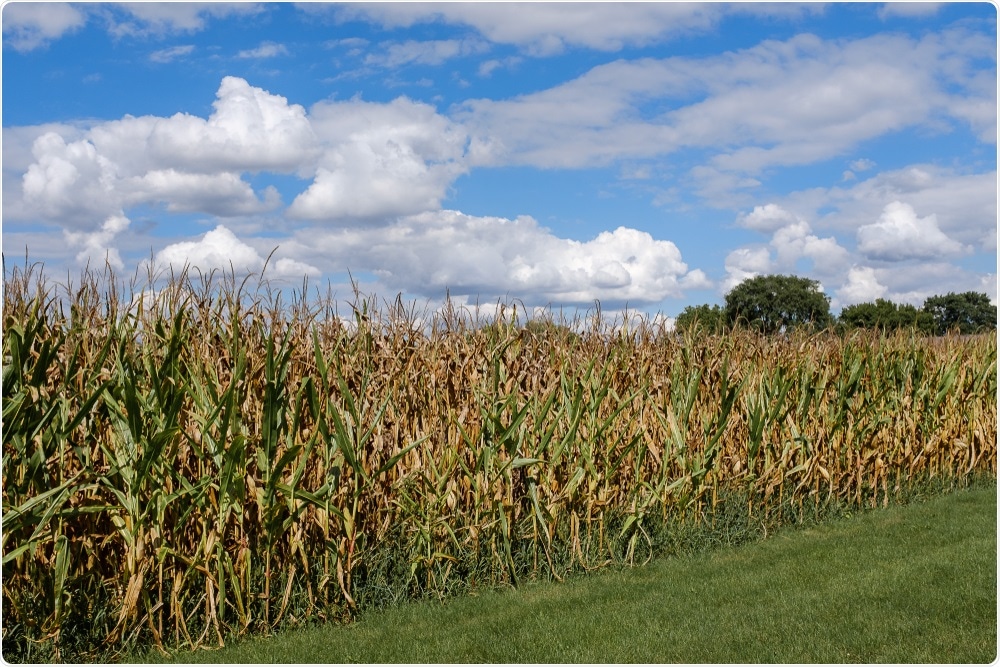
Image Credit: Ray Morgan/Shutterstock.com
Where do cover crops need to be upscaled, and who needs to be involved?
In terms of big industrial practices, we have been looking at trying to contribute to upscaling cover cropping and sustainability, for instance, in the United States.
But I (Colin) also work for an international organization and in many cases, the production systems that I have seen in the developing world are even less developed yet, in terms of employing technologies like cover crops on a large scale.
Again, that is not because people do not know about techniques such as cover cropping, and their benefits. But the industrial farming systems are less developed, in terms of sustainability.
Therefore, while we think that there is still a lot to do in places like the United States, there is probably even more to do in the developing world, in terms of cover crops and other sustainable technologies.
Alongside science, this is also a governance issue. Because policies have direct impacts on what farmers can grow and get crop insurance for, and what types of practices are covered.
Thus upscaling cover crops in large industrial agricultural systems won’t happen just with efforts from one group of stakeholders. Farmers themselves cannot do it. Researchers themselves cannot do it. The industry itself cannot do it and the government by itself cannot do it.
Everyone has to work together. And again, as we address it as a global problem of sustainability, the more we can figure out what are the leverage points for working together to achieve sustainability, the more success we will have.
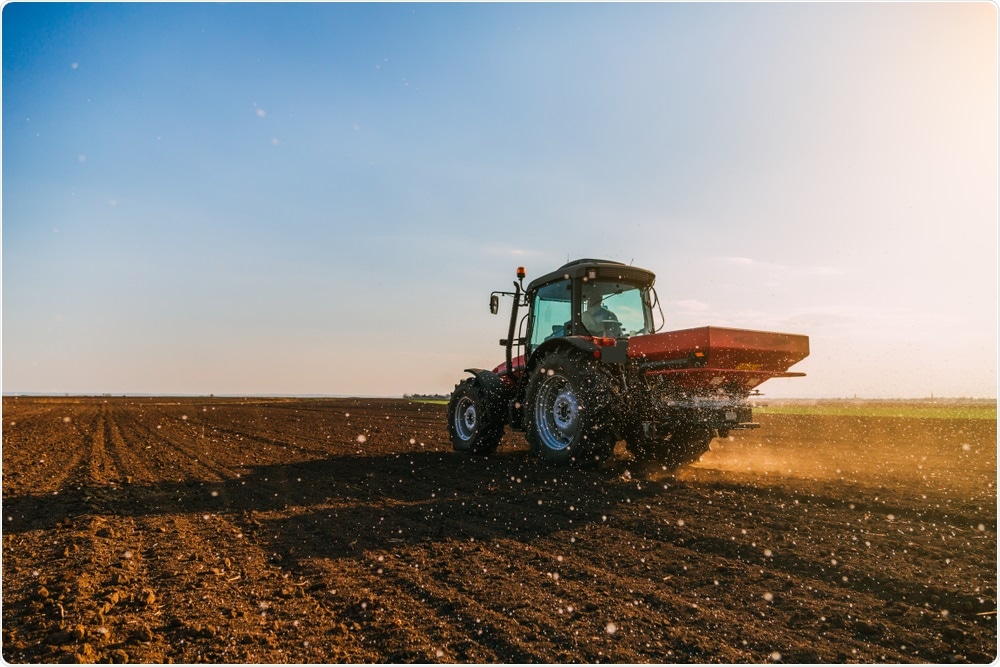
Image Credit: oticki/Shutterstock.com
Who should invest in improving cover crops?
To really move the needle on such sustainable techniques, it does require a fair amount of investment from governments. The public sector is uniquely suited to invest because it is taxpayers - the public - who are going to receive a lot of the wider benefits from these practices.
But farmers are certainly direct beneficiaries of cover crops, thus, in terms of research and development, there may be a role for farmer investment. This could take the form of commodity groups or other trade associations investing in cover crop research, and we do see that happening already.
Note though that while there are benefits, they are not often immediately realized in terms of money or productivity. By putting down cover crops, yields do not jump up rapidly, especially if synthetic fertilizer application is reduced.
Also, note that there is an emerging set of cover crops that are crops in their own right. They provide cover crop functions or services, and they are grown in the off-season between the main crop, but they can also provide additional income for farmers. We think that farmers could potentially get even more interested if they get a second crop a year that they can sell.
There is such an emerging cover crop/cash crop in the Corn Belt, in the mustard family. Plant breeders figured out how to get it to grow so quickly that it does not compete with the corn cropping season.
How can scientists help to improve cover crop seed yield?
Through plant breeding. We know a lot about the genes that control specific traits, and we know how to use technology like genetic markers to speed up the breeding process. The downside, or why this work has not already been accomplished, is that because these have not been major commodity food or fiber crops, for the most part, they have not received much attention from plant breeders.
The ways that we have selected wheat or corn to have tremendous seed yields, we have not yet applied to cover crops. It takes dedicated resources over fairly substantial amounts of time.
There are also the other newer technologies that are available in the plant breeding portfolio, and these can speed up the process. But in any case, more focus is needed on crops providing primarily environmental benefits.
What we find in our current research is that under current yields for cover crop seed, a lot of land is needed to grow sufficient seed for large scale applications. So, if we can breed higher seed-yielding cover crops, then we won’t need as much land to produce that seed.
Two alternatives could be considered. The first is that other parts of the world, outside the Corn Belt, could be developed as cover crop seed growing regions, if suitable areas can be identified and which are not currently used for food production. This could help provide farmers in these regions with a new emerging (and sustainability-focused) market. Note that even in this case, plant breeding would help with productivity on these farms.
That seed would then be bought by farmers, for instance, in wealthier areas like the US Corn Belt. There is research that needs to happen to figure out where cover crop seed could be grown in other places and how to create an industry that is helpful for farmers and is not disruptive to their current livelihoods.
Another promising direction would be to shorten the life cycle of current cover crops in areas like the Corn Belt. The major cover crops that are grown there are planted for their green matter, which is tilled back into the soil. If they were grown all the way to seed themselves, then corn could not typically be cultivated, because the cover crops competed with the corn season.
So, if the cover crop season was shortened, by making them go to seed faster, then potentially the trade-off between the cover crop seed and the main crop could be eliminated. This is where cover crops could become second cash crops for the corn farmer. However, this would be a delicate balancing act, of figuring out how to make these crops go to seed a lot faster, while not losing all of their other benefits, in terms of producing their own fertilizer and covering the soil.
There are lots of options at mid-latitudes. As you go to higher latitudes, it becomes a little harder to get crops to mature as early. Selecting for flowering time is probably the best place to start. This is because flowering time is easy to select for, as it is highly heritable.
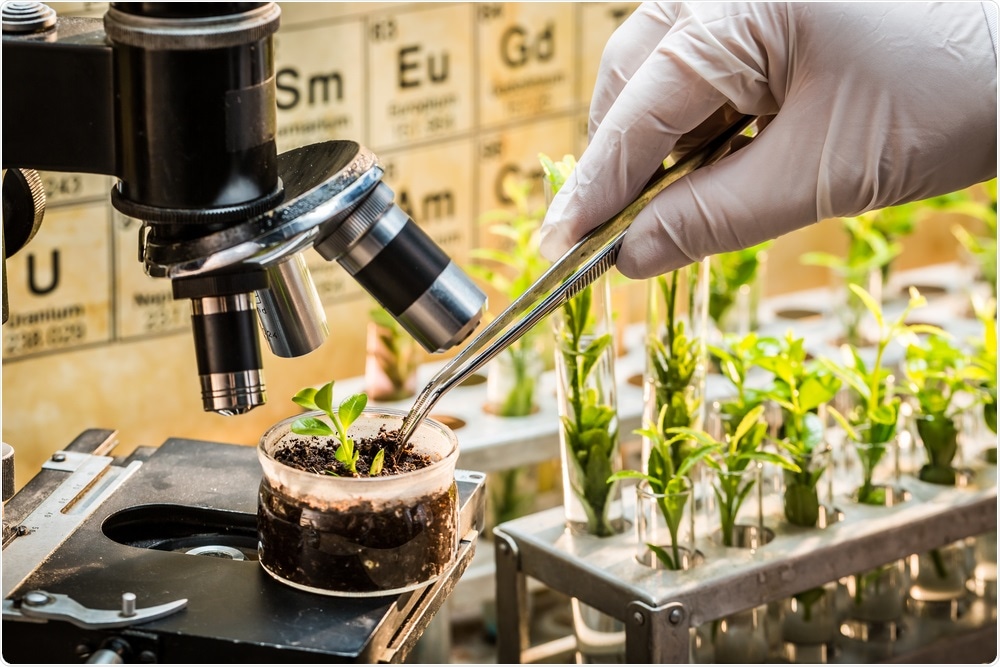
Image Credit: Shaiith/Shutterstock.com
What are your next steps in your research on sustainable farming and cover crops?
We have identified two or three really interesting breeding goals. We hope to advocate for universities to start building their own cover crop breeding programs, and to inspire more companies to invest.
I (Colin) am really interested in the alternative aspect, of helping to build cover crop seed production markets, particularly in places that farmers have less opportunity to make a living, that could help feed this emerging sustainability market.
In Hawaii, we (Michael) want to be able to diversify out of unsustainable crops. Perhaps developing strong agricultural markets and producing cover crop seed for temperate regions is one way to do so. We are also really interested in the idea of breeding plants as bio-fertilizer. How can we have perennial systems or continuous living systems that fulfill as many of the functions of the whole as possible? How can we have them working together?
One of the things that I (Bryan) still feel very strongly is that although our data was the best quality and quantity that we could compile, more can be done to understand current yields for cover crops. There needs to be better tracking of this type of information. We look to the funders of agricultural science to take some leadership here, to not only invest in the plant breeding efforts but also to invest in the additional expansion of agricultural censuses, to include these cover crops, so that we know how productive they are on the farm.
I (Bryan) think that the next step from my perspective is to survey cover crop seed producers, to see what they are getting in terms of seed yield at large across their farms. That will really help inform what the next steps should be taken on the breeding side, including which are low hanging fruit, and which are longer-term and more expensive.
Where can readers find more information?
About Dr. Colin K. Khoury

Colin K. Khoury received his Ph.D. in production ecology and resource conservation from Wageningen University, Netherlands, and holds research positions at the International Center for Tropical Agriculture (CIAT), Colombia, the USDA Agricultural Research Service, National Laboratory for Genetic Resources Preservation in Colorado, USA, and Saint Louis University in Missouri, USA.
His work generally entails bringing together diverse expertise to contribute to conservation strategies for crops and their wild relatives, generate indicators for international biodiversity conservation and sustainable development targets, and support evidence‐based decision‐making in sustainable food systems.
About Dr. Bryan Runck
Bryan Runck, Ph.D., is a geocomputing scientist whose research focuses broadly on digital agriculture. In particular, his work considers 1) scaling low cost, connected sensing and actuation systems, and 2) the application of artificial intelligence and machine learning in agriculture.
He is a Research Associate with the GEMS Agroinformatics Initiative and an Adjunct Assistant Professor in the Department of Landscape Architecture at the University of Minnesota. He is also a Visiting Research Scientist with the Department of Computer Science at the University of Southern California.
Bryan holds an M.S. in the Applied Plant Sciences emphasizing agroecology and a Ph.D. in Geography emphasizing geocomputing from the University of Minnesota.
About Dr. Michael Kantar
Michael Kantar is currently an assistant professor at the University of Hawai'i at Manoa, he received his Ph.D. in Plant Breeding and Genetics from the University of Minnesota and did a post-doc at the University of British Columbia.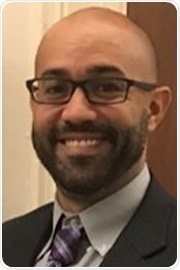
He was a 2018 AAAS Leshner Leadership Institute Public Engagement Fellow. His research focuses on Neo-domestication, crop wild relatives, Food Security, Agroecology, and the genetic basis of local adaptation.